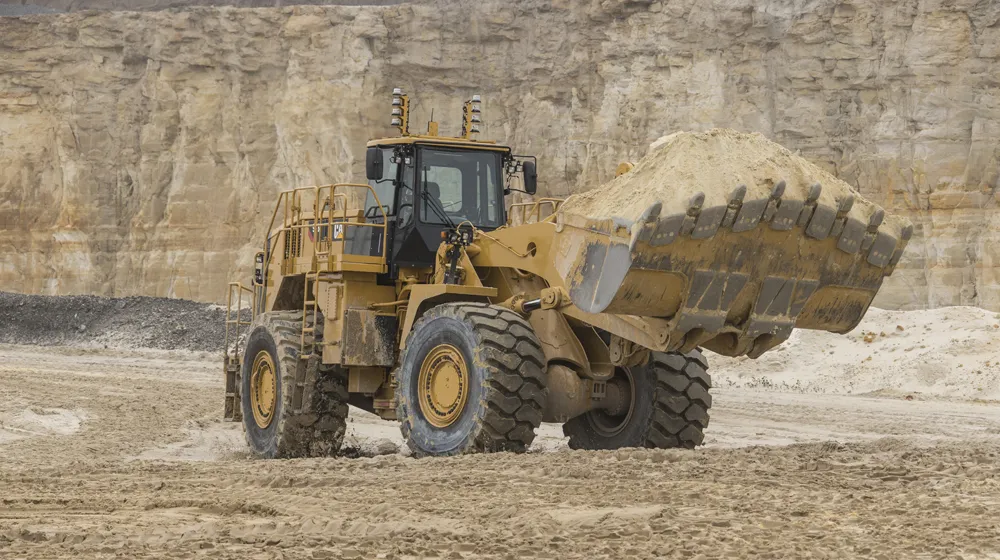Demand for construction machinery in China is expected to rise 6.2%/year to 387 billion yuan in 2015. This will be supported by continuing increases in construction spending, especially in infrastructure development. The data comes from a report by US-based research firm Freedonia Group. According to the report, growth in construction activity will be driven by continuing industrialisation but will be more moderate than in the 2005-2010 period. This will impact overall construction expenditures, which are e
June 18, 2012
Read time: 2 mins
Demand for construction machinery in China is expected to rise 6.2%/year to 387 billion yuan in 2015. This will be supported by continuing increases in construction spending, especially in infrastructure development. The data comes from a report by US-based research firm 2821 Freedonia Group.
According to the report, growth in construction activity will be driven by continuing industrialisation but will be more moderate than in the 2005-2010 period. This will impact overall construction expenditures, which are expected to advance at a slower pace through the forecast period, limiting stronger market gains for construction machinery. Excavators and cranes are the largest construction machinery product segment due to their widespread use in construction.
The increasing versatility of excavators will also ensure their widespread use in all types of construction applications in China. Wheeled loaders will also see healthy demand increases, benefiting from their functional versatility. Mixers and related equipment will be one of the fastest growing product segments, benefiting from increased use in the numerous types of infrastructure projects in China which are intensive users of cement. Meanwhile components and attachments will see the most rapid growth due to favourable government policies under the Twelfth Five-Year Plan.
Technological improvements, coupled with pricing advantages due to relatively low production costs, look set to stimulate growth in shipments of all types of construction machinery by Chinese producers according to the report.
According to the report, growth in construction activity will be driven by continuing industrialisation but will be more moderate than in the 2005-2010 period. This will impact overall construction expenditures, which are expected to advance at a slower pace through the forecast period, limiting stronger market gains for construction machinery. Excavators and cranes are the largest construction machinery product segment due to their widespread use in construction.
The increasing versatility of excavators will also ensure their widespread use in all types of construction applications in China. Wheeled loaders will also see healthy demand increases, benefiting from their functional versatility. Mixers and related equipment will be one of the fastest growing product segments, benefiting from increased use in the numerous types of infrastructure projects in China which are intensive users of cement. Meanwhile components and attachments will see the most rapid growth due to favourable government policies under the Twelfth Five-Year Plan.
Technological improvements, coupled with pricing advantages due to relatively low production costs, look set to stimulate growth in shipments of all types of construction machinery by Chinese producers according to the report.








